Introduction
As humanity ventures further into the cosmos, our reliance on satellites has become indispensable. These orbiting marvels facilitate communication, navigation, weather forecasting, and a myriad of other essential services. However, they face a formidable adversary: the Sun. Solar storms, with their intense radiation and charged particles, pose a significant threat to satellite operations. Amidst this cosmic challenge, India has emerged as a vigilant guardian of its space assets, employing innovative strategies to mitigate the Sun's fury.
Understanding the Threat
Solar storms, often triggered by solar flares and coronal mass ejections (CMEs), unleash powerful bursts of radiation and charged particles into space. When directed towards Earth, these eruptions can disrupt satellite operations, causing communication blackouts, GPS errors, and even damaging onboard electronics. The 1859 Carrington Event serves as a stark reminder of the potential devastation, as telegraph systems worldwide failed during this solar superstorm.
India's Vigilance
Recognizing the vulnerability of its satellites to solar activity, India's space agency, the Indian Space Research Organisation (ISRO), has implemented proactive measures to safeguard its space assets. ISRO operates a dedicated Space Weather Information Centre (SWIC) tasked with monitoring solar activity and assessing its potential impact on satellite operations. Equipped with state-of-the-art instruments and predictive models, SWIC provides timely alerts to satellite operators, enabling them to take preventive actions.
Technological Shielding
Beyond monitoring, ISRO has developed innovative technological solutions to shield satellites from the Sun's wrath. Satellites are equipped with radiation-hardened components, designed to withstand the rigors of space radiation. Additionally, specialized shielding materials and design modifications help minimize the impact of solar radiation on critical systems. ISRO continually refines these techniques to enhance the resilience of its satellite fleet.
Collaborative Efforts
Recognizing that space weather knows no borders, India actively collaborates with international partners to advance space weather research and forecasting capabilities. Collaborative initiatives with organizations like NASA and the European Space Agency (ESA) enable data sharing, joint research, and the development of global space weather prediction models. By pooling resources and expertise, these partnerships strengthen our collective ability to anticipate and mitigate solar threats.
Looking Ahead
As our reliance on satellite technology continues to grow, so too does the importance of safeguarding these assets from solar storms. India's proactive stance towards space weather monitoring and mitigation serves as a model for other spacefaring nations. By investing in research, technology, and international collaboration, we can fortify our defenses against the Sun's unpredictable fury and ensure the uninterrupted operation of vital satellite services.
Conclusion
In the vast expanse of space, the Sun's fury poses a formidable challenge to satellite operations. However, India's vigilant efforts, spearheaded by ISRO, stand as a beacon of resilience and innovation. Through advanced monitoring, technological shielding, and collaborative endeavors, India is at the forefront of safeguarding its space assets from solar storms. As we continue to explore the cosmos, let us draw inspiration from India's watchful space protector and strive to fortify our defenses against the Sun's unpredictable outbursts.

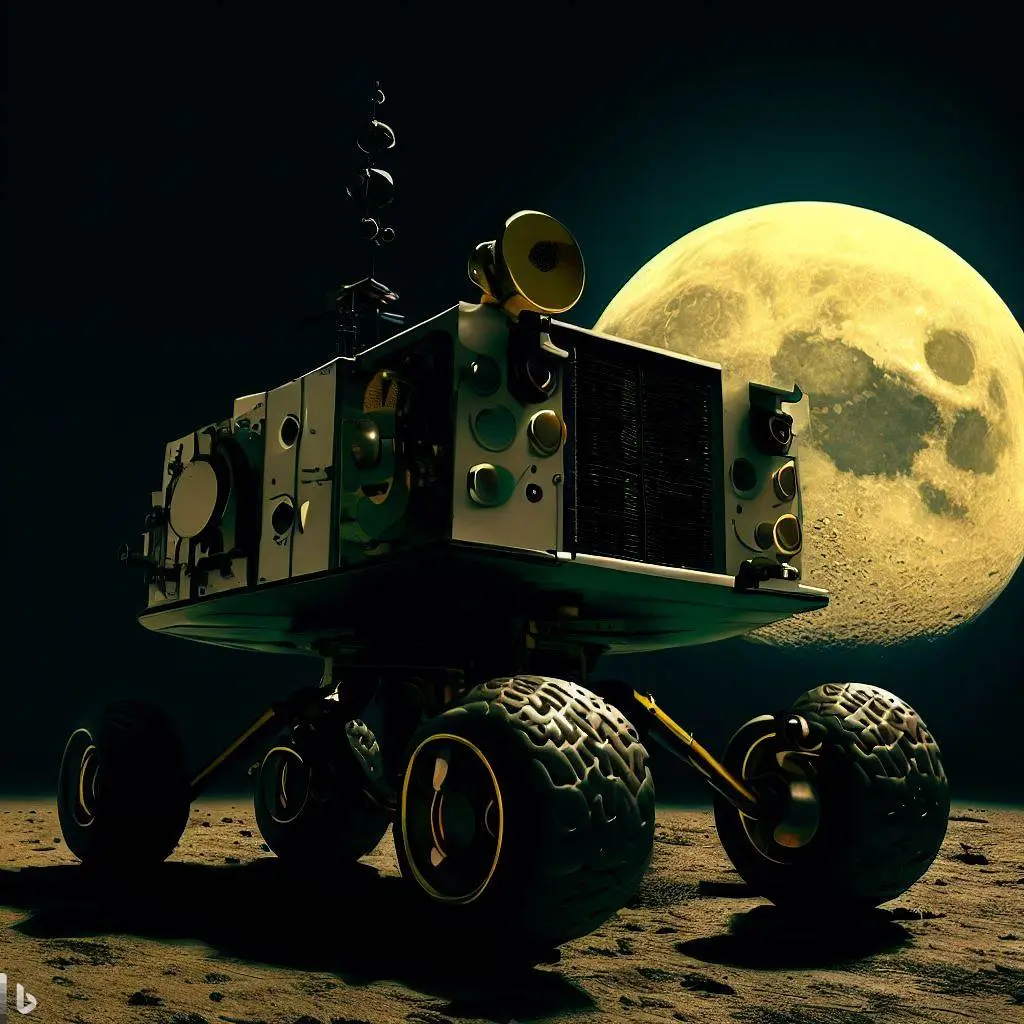
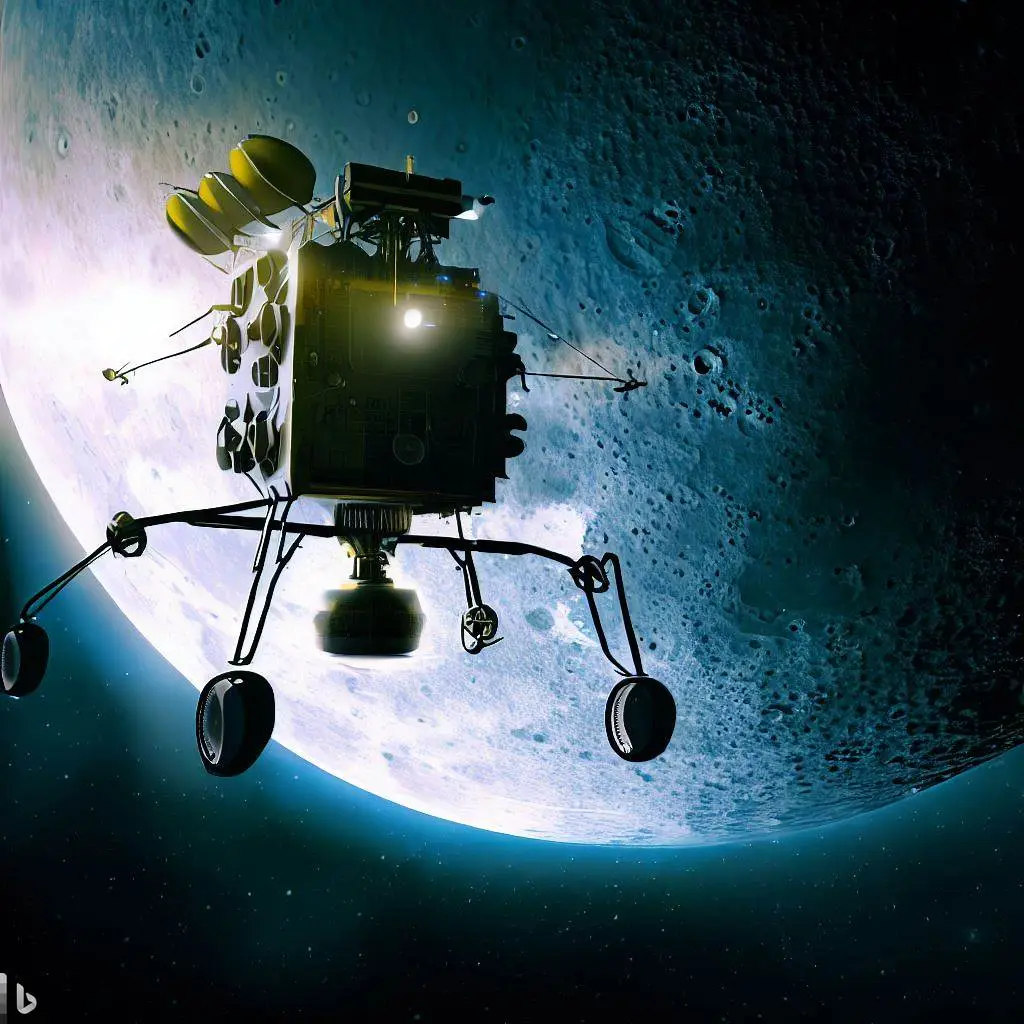
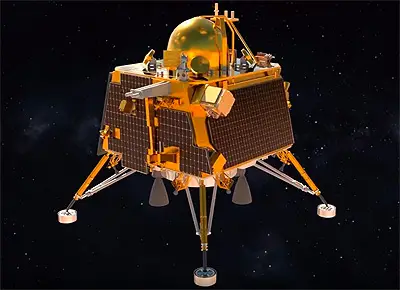
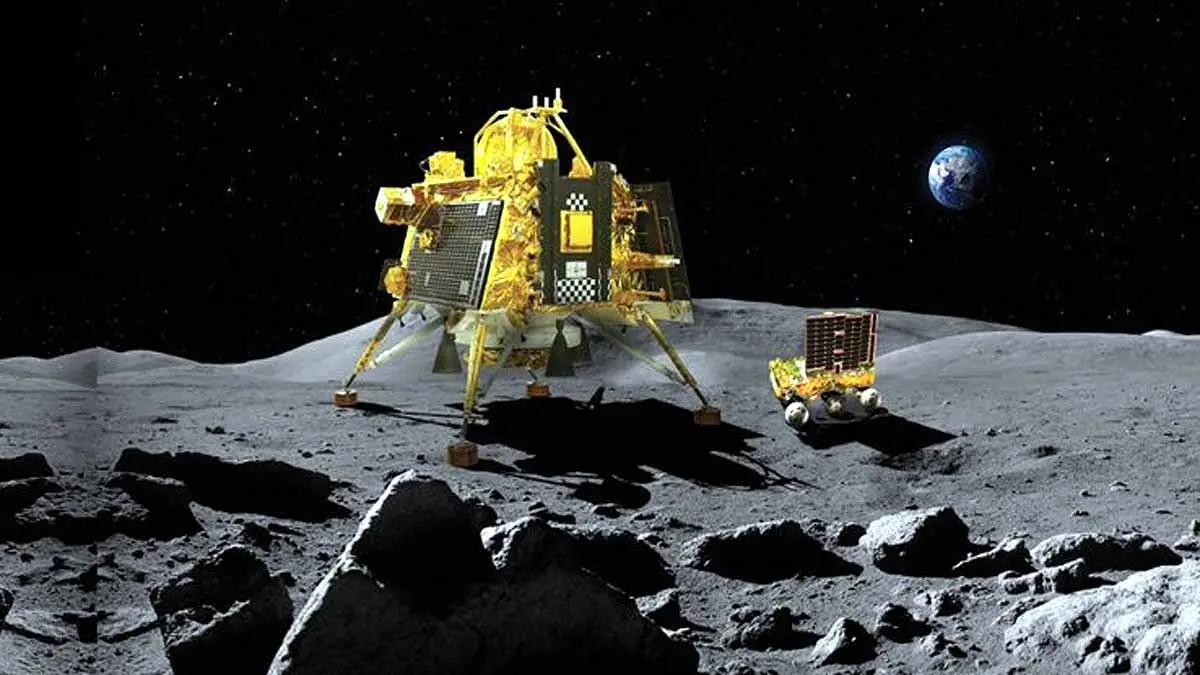
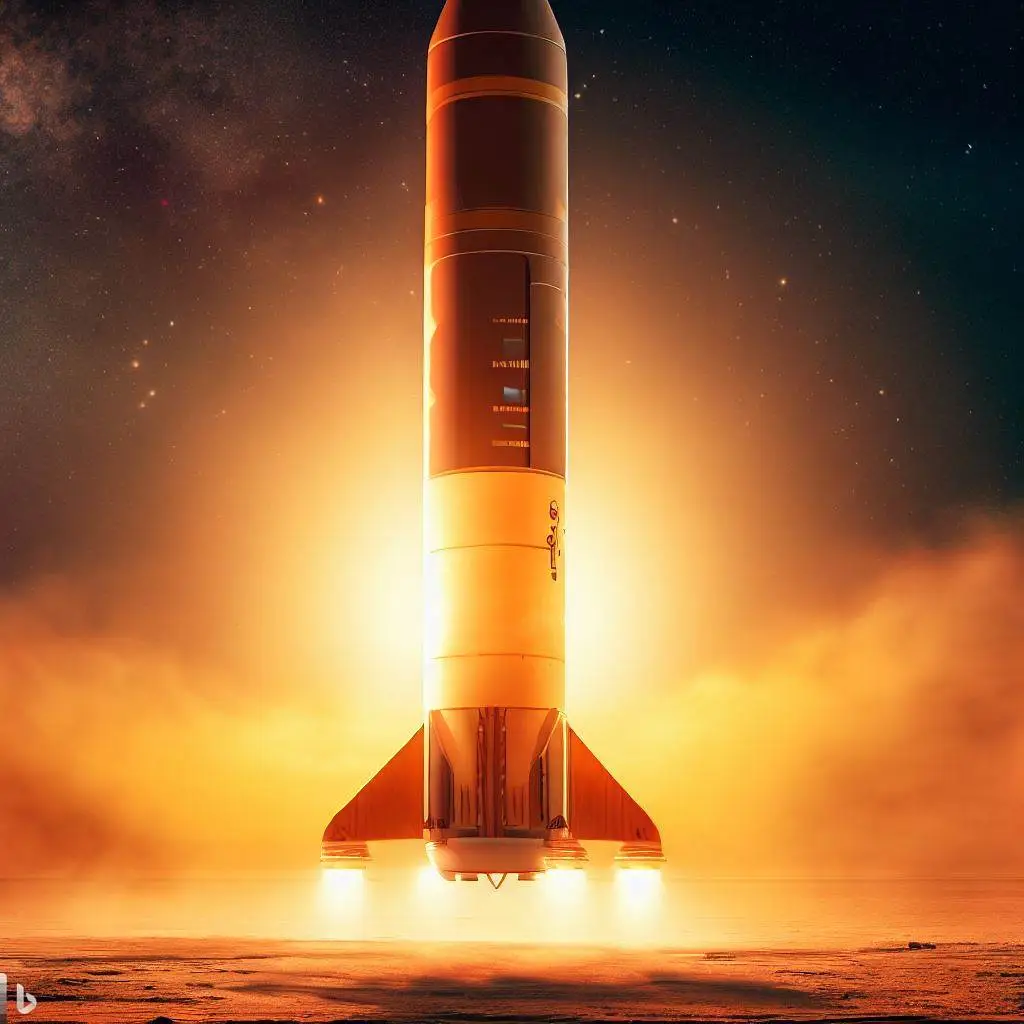



Add a Comment: